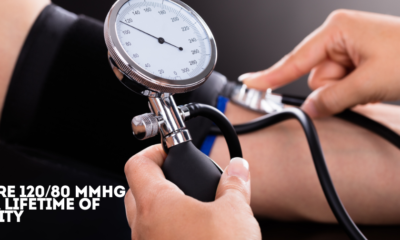Alternative Energy
The Coursework In Energy Management

Energy is the power to do physical work. Modern civilization is complete due to people have learned how to transform energy from one type to another and use it effectively to perform work. People use energy to move cars and bicycles, across bodies of water, walk, and bike, through open spaces, and on farms to harvest food and produce goods, and to cook meals. Most people live their lives based upon the production and distribution of energy.
One of the major classes students will learn during a Ph.D. in Energy Analysis class is “Thematic Analysis.” This class will help students develop an understanding of how different energy sources change over time, how these changes are related to climate, and how these changes affect the world as a whole. For example, when energy moves from a warm surface to cold air, this produces wind. When energy moves from warm water to cold air, this produces a drop in the temperature of the surrounding water. To explain this process students need to understand how various energy sources change over time.
Students in the Ph.D. in Energy Analysis program also need to understand how various forms of energy are formed and converted. Students will study the relationship between solar and wind, the relationship between nuclear and hydroelectric energy, and how biotic energy conversion and fossil fuel combustion fit together to form the basis of the modern world’s energy industry. The thematic analysis addresses these questions through a close examination of how energy is produced and converted throughout the world.
Students will study the field of thermodynamics, which addresses the laws that govern the transformation of energy. In thermodynamics, energy is thought of as a kind of “virtual particles,” one of which is kinetic energy. By studying different forms of motion, students can calculate the potential energy of an object and relate it directly to its weight. This ties in with heat transfer, which is how heat is moved from a body to a colder location. With the use of the right tools, such as thermometers, an individual can study these interactions and learn how heat is transferred through objects.
A student also needs to learn about the conversion of potential energy into actual thermal energy, which is used in most appliances in the home. The thermal resistance of an object determines how much heat it can retain over a while. There are many different types of thermal conductors, including metals, nonmetals, and plastics. To study the way they convert potential energy into thermal energy, students must have a good understanding of metals and non-metals. These classes will include courses in thermal conductivity, kinematics, and electronics so that students can understand these concepts.
Students also need to be familiar with the relationship between light and sound. When light strikes a surface, some of the light is absorbed, and some of the light is reflected. The portion of the light that is absorbed is known as the absorbed portion, while the portion that is reflected is called the reflected portion of light. A person cannot see the difference between the two portions of light, but they can sense when the surface has absorbed or reflected energy. This knowledge of sound energy enables them to detect temperature differences.
-

 Press Release4 days ago
Press Release4 days agoClinical Trials Market Set for Robust Growth, Driven by Drug Development Surge and Digital Innovation
-

 Press Release7 days ago
Press Release7 days agoBellarium ($BEL) Price Prediction: Could It Hit $5 by 2026?
-

 Business6 days ago
Business6 days agoHow Managed IT Solutions Help Small Teams Compete at Enterprise Scale
-

 Press Release5 days ago
Press Release5 days agoIndustrial Boiler Market Expected to Surpass USD 24.4 Billion by 2035 Amid Growing Demand for Energy Efficiency and Industrialization
-

 Press Release5 days ago
Press Release5 days agoGreen Bio Chemicals Market Poised for Sustainable Growth amidst Global Shift to Eco-Friendly Alternatives by 2035
-

 Press Release5 days ago
Press Release5 days agoPreventive Vaccines Market to Witness Strong Growth by 2035
-

 Press Release5 days ago
Press Release5 days agoFill-Finish Pharmaceutical Contract Manufacturing Market Expected to Flourish Amid Biopharmaceutical Boom and Global Outsourcing Trend by 2035
-

 Press Release5 days ago
Press Release5 days agoPet Food Nutraceutical Market Set for Robust Expansion Amid Rising Demand for Pet Wellness by 2035






























